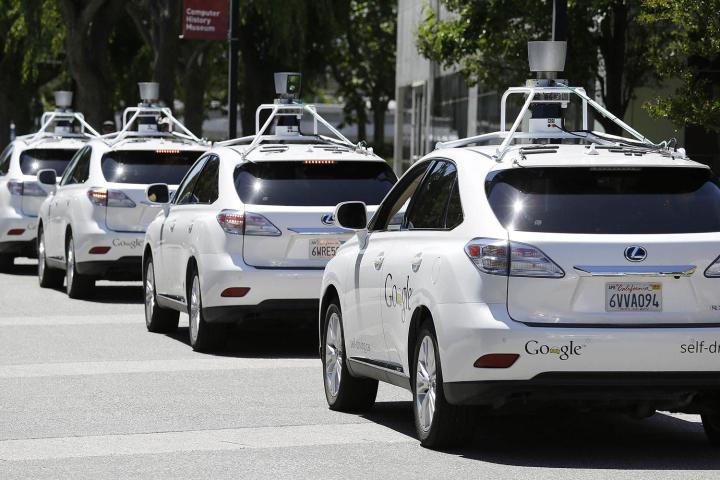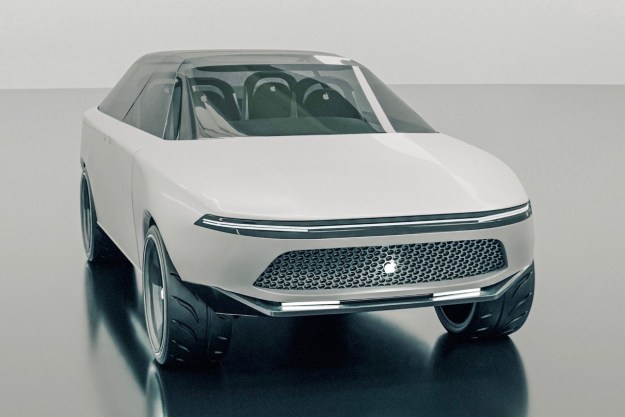
For the uninitiated, a “track stand” is where a cyclist balances on his or her pedals at a stop, moving the bike every so slightly to keep balanced. It’s this kind of small but perceptible movement that confused Google’s self-driving car, although no one was in any danger. The incident happened in Austin, Texas, where the vehicles have just started a trial run.
As the cyclist shifted, the Google car braked, even though the rider wasn’t going anywhere. “We repeated this little dance for about two full minutes and the car never made it past the middle of the intersection,” reports the cyclist. “The two guys inside were laughing and punching stuff into a laptop, I guess trying to modify some code to ‘teach’ the car something about how to deal with the situation.”
Despite the experience, the rider says he “felt safer” dealing with a self-driving car rather than a human-operated one — of course, robotic drivers don’t try and intimidate cyclists, or forget where they are, or try and cut into a space where there isn’t enough room. This is exactly the kind of feedback and experimentation Google needs as it looks to expand its self-driving project beyond Mountain View.
The company’s efforts seem to be ramping up as the competition increases from all sides. Google is now reporting every accident its cars are involved in to improve transparency, while expanding the testing routes to new parts of the U.S., as we’ve already mentioned. Meanwhile, Uber, Apple, and Tesla are waiting in the wings.
Editors' Recommendations
- Tesla Autopilot vs. full self-driving: What’s the difference?
- Dubai Police to deploy driverless patrol cars with AI smarts
- An autonomous car in San Francisco got stuck in wet concrete
- Autonomous cars confused by San Francisco’s fog
- Is Tesla Full Self-Driving worth it?


